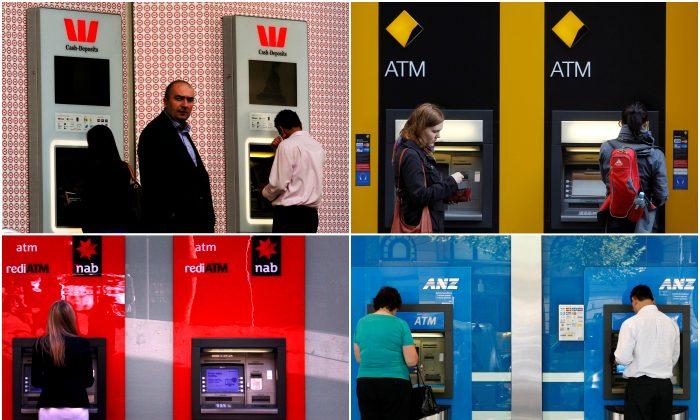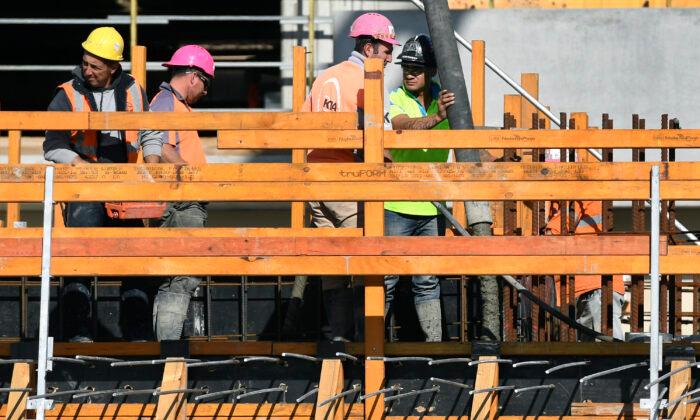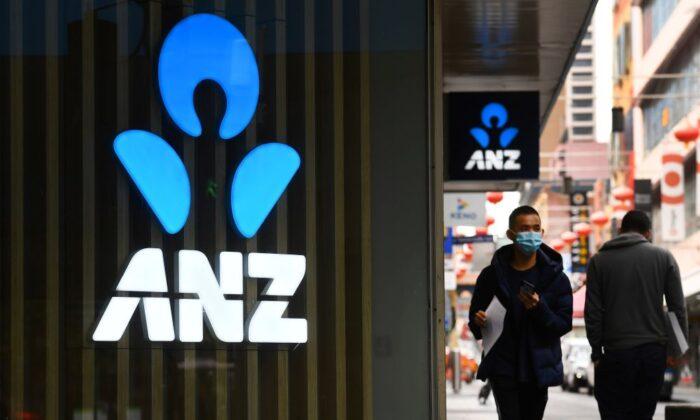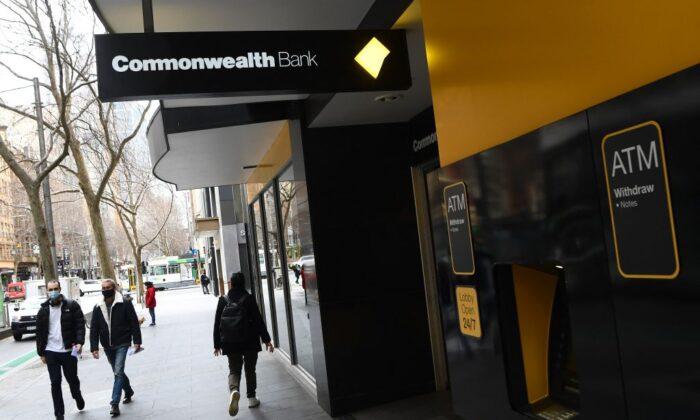A senate inquiry into bank closures in regional Australia has revealed shortfalls in banks’ decision-making leading to the branch shutdown, including the lack of consultation with the local community and the inadequacy in ground knowledge of senior decision-makers.
“The total lack of consultation”
Mayor of Cloncurry Shire Council Gregory Campbell recalled the “complete surprise” when receiving Westpac’s closure announcement via an email in February.“The local staff weren’t aware. The major customers weren’t aware, ” he told the inquiry. “The council, through its generic email, received a cut-and-paste letter addressed to the CEO advising that the branch was going to be closed on a date in, I think, April or May.”
Susan Curley from the Cloncurry Local Business Network, a local business owner and a long-term customer of Westpac, also shared her frustration with the “completely inadequate” communication.
“A letter turned up in our mailboxes, I think, a week after it was actually announced,” she said. “That was just pointless.”
Fortunately, the council and the local community reacted strongly, prompting “a great dialogue with senior bank executives”, which led to a pause on the closure and eventually the reversal of the decision.
The council CEO Dr Philip Keirle raised the concern about “the total lack of consultation” with the local community during the process, saying that the turnaround of the outcome shows that “some consultation would have been very valuable.”
Last year, Regional Banking Taskforce released its final report on how to improve banking services in regional Australia. The report recommends the introduction of a branch closure impact assessment.
“How can a proper assessment be done if the branch doesn’t speak to anyone in the community?” he asked.
Inadequate Communication within the Bank
While describing the outcome as a “great win” for both the local community and Westpac, Campbell noted some major defects in the bank’s decision-making, including the gaps in the executives’ understanding of the situation and the inadequacy of the KPI used to justify the closure.“Those senior people that we spoke with didn’t understand the impact that lower-level staff decisions were having on individual communities,” he recalled the conversation with the bank.
He said it seems like a lot of these decisions are being made by the retail arm, and they’re not necessarily understanding the true impact of their decisions on farming.
“There was definitely a disconnect between streams—between retail and agri. There wasn’t a good communication within the business.”
Don McDonald, the owner of a family agribusiness, said one of the issues with the major banks is that “they have no idea of the operation that’s going on—the size of it, the potential of it.”
“In all the banks I’ve come across, the lack of knowledge of regional Australia is quite astounding,” he said.
The inquiry has also found out the bank relies mainly on foot traffic, or the daily number of people walking in the branch, to assess the shutdown point.
“The only KPI that was used, as far as I’m aware, was foot traffic through the door,” Campbell said.
He argued that given the move to digital banking encouraged by the bank over the last decade, foot traffic does not reflect the true picture of local businesses.
“One KPI was tracking down, but when you look at the bigger picture of this area, you see that business traffic is increasing exponentially. ”
Mandating Social Licence
Regulating social licence to compel banks to keep bricks and mortar branches open for the regional community was tabled as a solution during the inquiry.“What we have to think about is solutions that will make them understand that they have a social licence to operate in this country and that they need to respect these communities and the people that work and live in them,” Senator Linda White said.
Wendy Streets from the Financial Services Union supports mandating social license, saying changing banks’ behaviour “require legislation changes and requirements on their licences to instil codes of conduct” as banks only do what they must do.
But smaller community banks caution that this would make it difficult for them to compete.
“The social responsibility is a difficult one for customer-owned banks, particularly because we are a member-owned institution and have to do the right thing by the broad church of our membership,” Peter Lock from Heritage and People’s Choice said.
“The requirement to retain branches in areas is a difficult one under a social licence because it doesn’t do the right thing by all members.”
Campbell argues that social licence if imposed on banks, should also be applied to the government when it comes to the provision of public services.
“If banks are made to follow a social licence, then that mandate also needs to be applied to essential government services in the public sector,” he said.
“When the public sector is not filling positions at hospitals, childcare services, and are actually cutting staff in those essential services, of course, private institutions — like the banks — are going to follow that trend.”
The inquiry is due to hand down its report by December 1.





